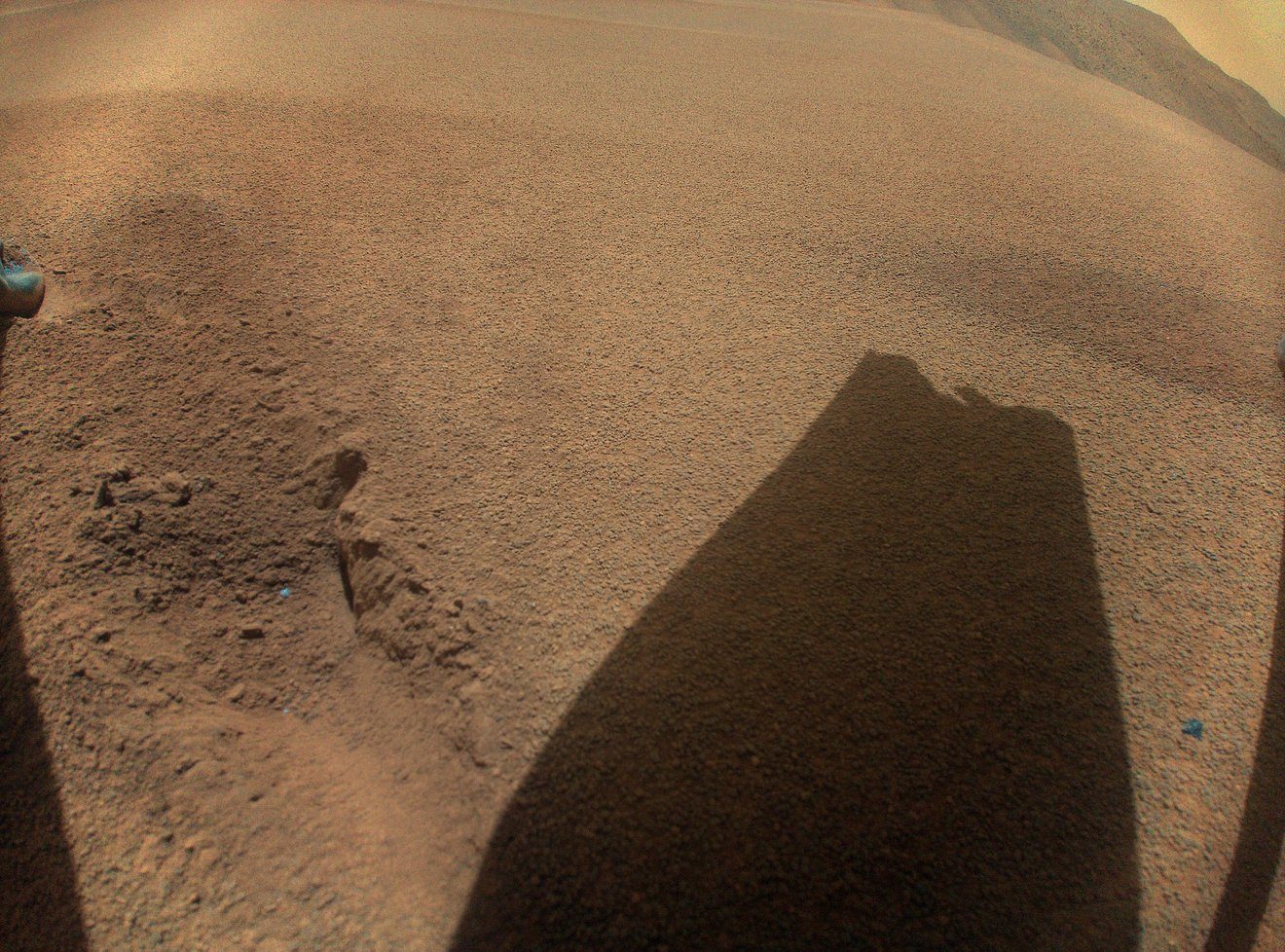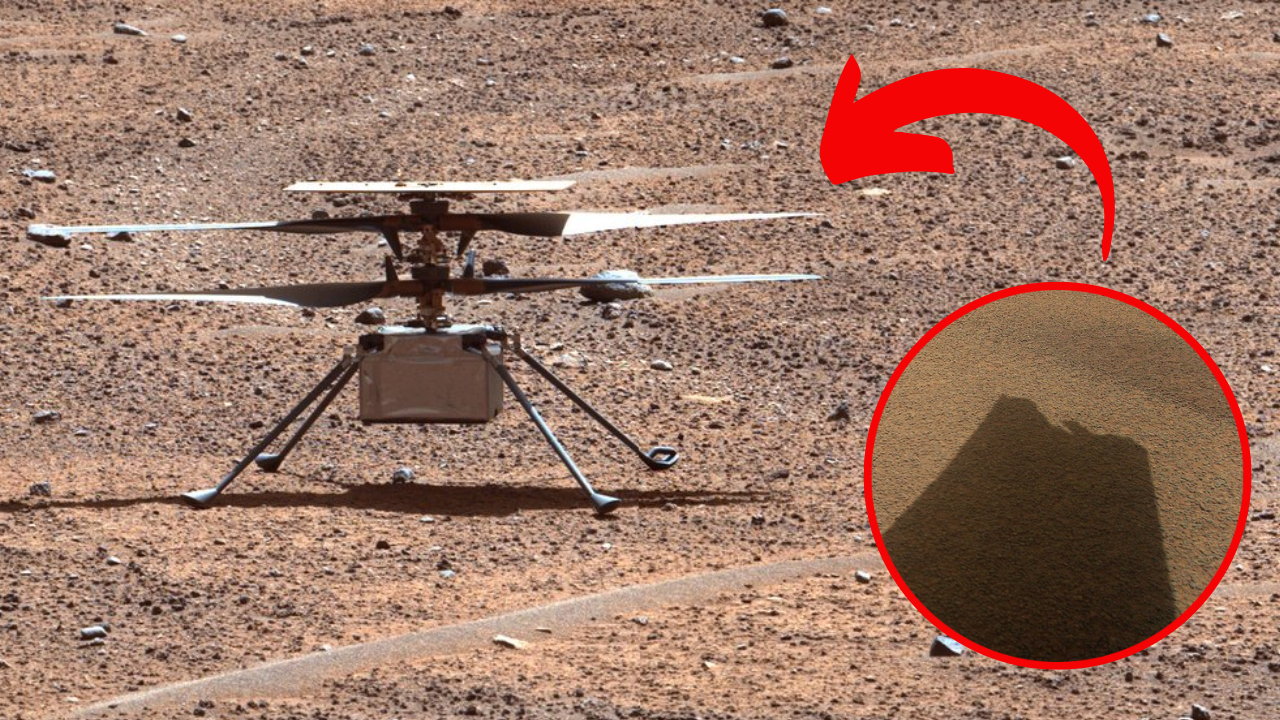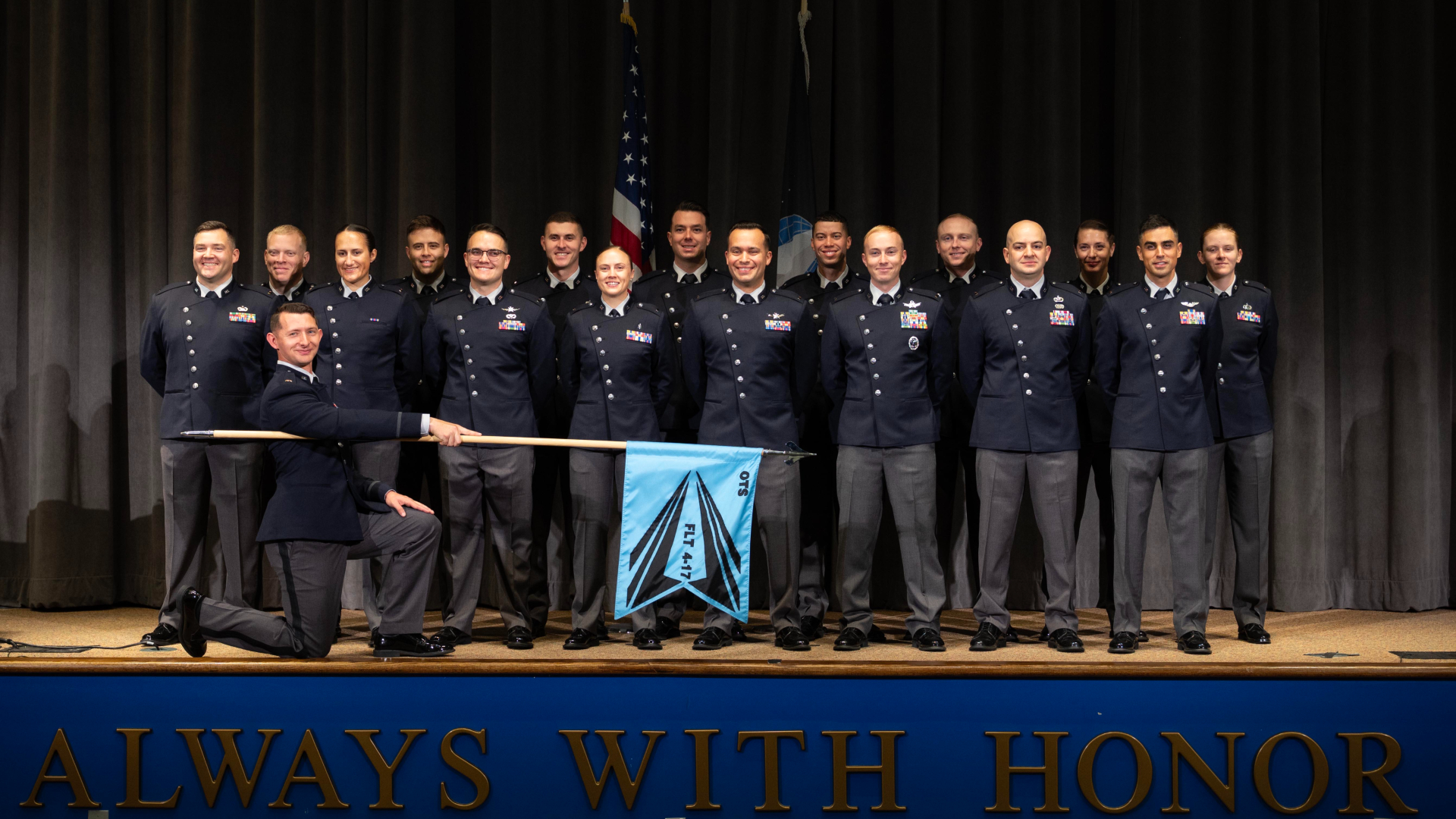'It's sort of been invincible until this moment:' Mars helicopter Ingenuity pilot says 'bland' terrain may have doomed NASA chopper

NASA's Ingenuity helicopter was apparently done in by a particularly boring patch of Mars ground.
Ingenuity suffered damage to at least one of its four rotor blades during a Jan. 18 flight, grounding the pioneering chopper forever, NASA officials announced today (Jan. 25).
While team members are still analyzing what happened on that fateful sortie, they've pieced together a likely scenario — and it centers on the sandy, nearly rock-free Mars expanse that Ingenuity was exploring.
Related: NASA loses contact with Ingenuity Mars helicopter
Ingenuity used large rocks and other features to get its bearings during its 72 flights on Mars. During the most recent four sorties, however, it found itself in a sandy patch that offered little in the way of navigational cues, mission team members said during a press briefing this afternoon.
"It's some of the hardest terrain we've ever had to navigate over," said Teddy Tzanetos, Ingenuity project manager at NASA's Jet Propulsion Laboratory (JPL) in Southern California. "It's very featureless."
Ingenuity had trouble in the area before: It made an emergency landing on Jan. 6, cutting Flight 71 short, apparently because it couldn't properly ground itself in its surroundings.
Breaking space news, the latest updates on rocket launches, skywatching events and more!
The same thing likely happened on Flight 72, Tzanetos said. But this time, Ingenuity apparently came in at an angle and struck the red dirt with at least one of its rotors. (The team has been able to identify just one damaged rotor blade in photos to date, but others likely hit the ground as well, given that Ingenuity spins them at more than 2,500 revolutions per minute, or RPM, during flight.)
"It's sort of been invincible until this moment, when we flew into this completely bland terrain where you just have nothing to really hold on to," said Håvard Grip, Ingenuity Mars Helicopter pilot emeritus, also of JPL.
It may be tough to nail down exactly what happened, because Ingenuity suffered a communications blackout around the time of the landing, so the team doesn't have access to all of the relevant data. But this scenario fits the information that they do have.
The hard landing didn't kill Ingenuity, which landed with NASA's Perseverance rover on the floor of Jezero Crater in February 2021. The team quickly restored communications with the 4-pound (1.8 kilograms) chopper and has determined that it's in good health, apart from the rotor damage.
That damage will keep Ingenuity from flying again, however. The helicopter doesn't have the same thrust it once did, and its once-impeccable balance is now off.
"If anything compromises the delicate balance of a rotor system like that, when you start trying to spin it at 2,500 RPM, you're not going to be able to sustain that for any reasonable period of time," Tzanetos said.
Ingenuity is a technology demonstrator that was designed to make just five flights on the Martian surface, so it doesn't carry any science instruments. But the team will continue gathering engineering data from the chopper, as long as it remains within hailing distance of Perseverance, which relays communications between Ingenuity and mission control, Tzanetos said.
Sometime in the relatively near future, however, the life-hunting, sample-collecting Perseverance will roll out of range as it conducts its own science work. Ingenuity — the first aircraft ever to fly on an alien world, a marvel of engineering that far outlasted its five-flight, 30-day warranty — will then be alone and go silent, a lost emissary from another world.
But maybe not forever. Ingenuity has helped paved the way for even more ambitious Mars exploration in the future, said JPL Director Laurie Leshin, so it's not crazy to think that Ingenuity could hop between worlds once again.
"I look forward to the day that one of our astronauts brings home Ingenuity, and we can all visit it in the Smithsonian," Leshin said today.

Michael Wall is a Senior Space Writer with Space.com and joined the team in 2010. He primarily covers exoplanets, spaceflight and military space, but has been known to dabble in the space art beat. His book about the search for alien life, "Out There," was published on Nov. 13, 2018. Before becoming a science writer, Michael worked as a herpetologist and wildlife biologist. He has a Ph.D. in evolutionary biology from the University of Sydney, Australia, a bachelor's degree from the University of Arizona, and a graduate certificate in science writing from the University of California, Santa Cruz. To find out what his latest project is, you can follow Michael on Twitter.

